Mostly, over the years, Cornell Capa left the articulation of the Robert Capa myth in general, and the Capa D-Day myth in particular, to others. With good reason; though he lived in the United States from 1937 until his death in 2007, those seven decades did not do much to improve his grasp of English, which to the end remained comparable to the notorious “Capanese” his older brother spoke.
Here, as published at the International Center of Photography’s website, is an example of the gibberish that either came from Cornell Capa’s pen or on which, ghost-writtten for him, he put his imprimatur:
“This exhibition [“Robert Capa: The D-Day Photographs,” May 25–July 10, 1994] marks the golden anniversary of famed war photographer Robert Capa’s D-Day photographs. His photographs have determined the uncanny sense of the perpetual immediacy of the liberation of Paris on June 6, 1944. Curated by Cornell Capa.”
Say what? I have absolutely no idea how any photographs could “have determined the uncanny sense of the perpetual immediacy of the liberation of Paris.” Though it conforms to standard English grammar and syntax, I wouldn’t even hazard a guess as to what this flatulent sentence intends to communicate, if anything, beyond veneration of its subject. But I do know this, for a fact: The liberation of Paris did not take place on June 6, 1944. It began on August 19 of that year and concluded on August 25.
Which makes that confident if incomprehensible statement by Cornell Capa an outright fiction — one that typifies ICP’s habit of falsifying the record in regard to Robert Capa.
Top-Down Leadership
In addition to doing everything in his power to mythologize his older sibling Robert and his work as a photojournalist, as detailed in my previous post, Cornell Capa expended considerable effort in impeding, interfering with, and even preventing whenever possible any research on his brother over which he could not exercise complete jurisdiction.
This did not pose as great a problem for him as one might think. At the International Center of Photography from its beginning, even in its prequel as the International Fund for Concerned Photography, all Robert Capa material got treated as, in every sense of the word, proprietary. Cornell Capa, executor of Robert’s estate, literally owned it, and controlled all access to it. Robert Capa’s negatives, contact sheets, vintage prints, correspondence, and other papers were stored in the spacious Fifth Avenue apartment Cornell shared with his wife Edith. They organized those materials, determined who had access to them (under his and Edie’s watchful eyes), and decided unilaterally where and when to publish and/or exhibit any of it.
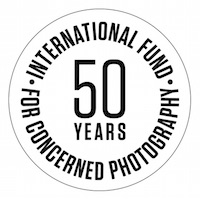 Because this material belonged not to ICP but to the Robert Capa estate, controlled by his family, residing off-premises until sometime circa 2000, it established in effect a private fiefdom within the institution. All Robert Capa-related ICP activity flowed through Cornell’s office there, where the decision to approve or disallow any relevant project got made by Cornell alone.
Because this material belonged not to ICP but to the Robert Capa estate, controlled by his family, residing off-premises until sometime circa 2000, it established in effect a private fiefdom within the institution. All Robert Capa-related ICP activity flowed through Cornell’s office there, where the decision to approve or disallow any relevant project got made by Cornell alone.
When Willis “Buzz” Hartshorn took over the directorship of ICP from Cornell in 1994, this status quo obtained. That situation endured through most of Hartshorn’s tenure at the ICP: Cornell continued to run everything Capa-related, with Richard Whelan as his right-hand man. Even though both Robert’s and Cornell’s archival material began to enter the ICP archive that bears their names circa 1999-2000, the hold of Cornell Capa and Richard Whelan on these materials really loosened only with their deaths in 2007-08.
Meanwhile, according to a 2011 report in the New York Times in which he announced his intention to step down, Hartshorn “had been grappling with Parkinson’s disease since about 2004 and [in 2006] he informed the board of his situation. … He would remain in his post until the institution’s board of trustees completed what it said would be ‘an international search’ for a new director.” (He retired in 2012.)
This meant that, even after the deaths of Capa and Whelan, Hartshorn had more urgent institutional issues to confront than the problems with the Capa archive. While he surely knew of those problems, under those circumstances I find myself inclined to excuse Hartshorn for not grappling with this convoluted, compromised situation during his tenure.
All of this helps to explain the fact that, as our research has made clear, ICP has to this day assiduously avoided even the most elementary investigation of Capa’s D-Day materials. Specifically:
- They have refused to undertake any non-invasive forensic analysis of any of those negatives (via the simple expedient of microscopic examination) to verify or impeach their steadfast assertion over the past four decades that these negatives underwent and miraculously survived some catastrophic post-development “emulsion melt” in LIFE‘s London darkroom on the night of June 7, 1944. (ICP reasserted this preposterous claim as recently as June 6, 2016.)
- They have never undertaken or commissioned any frame-by-frame analysis of Capa’s ten Omaha Beach negatives in order to establish a likely arrival time or a probable timeline of his minutes on that battlefield, such as those proposed by J. Ross Baughman and Charles Herrick at this blog.
-
They have never solicited close scrutiny of the ten surviving images by any military expert to determine what exactly the troops in Capa’s pictures were doing. Not until Charles Herrick published his conclusions at this blog in April of 2015 did anyone identify the specialty and assignment of the men clustered around the “hedgehog” obstacles in those photographs — who, it turns out, are doing anything but taking fearful cover from enemy fire, as LIFE magazine suggested in its June 19, 1944 caption and most others have parroted since.
- They have never sought out informed analysis that would pinpoint the spot at which Capa arrived and correlate that with the military action known to have taken place there during the photographer’s short stay. Not until Herrick worked that out for his September 2015 post at this blog did any Capa researcher establish exactly where Capa landed and the conditions he encountered at that moment.
- They have avoided consulting with anyone knowledgeable about the cameras Capa used, as a consequence of which both Richard Whelan and his successor, Cynthia Young, have promulgated ridiculous explanations of the appearance of Capa’s D-Day negatives, thoroughly debunked by photo historian Rob McElroy at this blog.
Eschewing such inquiry effectively constitutes a passive obstruction of research. But Cornell Capa also took an active, aggressive approach to that same end.
Master of His Domain
In addition to Robert Capa’s own negatives, contact sheets, prints, correspondence, manuscripts, and other papers, along with physical access (not to mention licensing rights) thereto, the Capa estate — that is to say, Cornell — controlled some crucial Capa-related material. In particular, the estate owned the germinal series of interviews with various figures in Robert’s life conducted in the early 1960s by Jozefa Stuart, toward an unpublished biography.
Stuart invested a great deal of time and effort in preliminary work on this project; her spadework thus underlies all subsequent Capa scholarship. In his authorized biography of Capa, which relies to a considerable extent on Stuart’s primary materials, Richard Whelan lists no fewer than 51 substantial interviews Stuart conducted, 29 of them with figures Whelan could not re-interview when he began working on his own book (presumably because they had died in the interim).
I haven’t turned up much on Stuart, who seems to have died on November 23, 2002. (I also haven’t dug deeply, so I’ll welcome any further information on her.) However, as discussed in a previous post, in 1960-1961 she provided the brief catalogue text(s) for two traveling exhibitions: “Robert Capa: War Photographs,” organized by Magnum and LIFE magazine, circulated throughout North America by the Smithsonian Institution Traveling Exhibition Service (SITES); and “Menschen im Krieg,” a European edition of the same exhibition, circulated by Magnum Photos. Comprising some 150 photos on 70 aluminum panels, this constituted the first retrospective of Capa’s war photos. (It may have had other titles in other European languages; so far I’ve only managed to track its German-language itinerary in Germany, Austria, and Switzerland.)
Such shows and publications required the approval and cooperation of Cornell Capa, who had a considerable hand in organizing them. They also marked the initiation of a collaboration between him and Stuart. Circumstantial evidence suggests that Cornell commissioned a biography of his brother from Stuart, subsidizing her research and thus defining it as the estate’s property under a work-made-for-hire contract. When that project ended before its completion, Stuart deposited all copies of her interviews and notes with Cornell. (I extrapolate this from a brief note in Alex Kershaw’s acknowledgements for his 2003 biography Blood and Champagne: The Life and Times of Robert Capa: “[Jozefa Stuart] spoke to me at length and even lobbied on my behalf to access crucial information she had gathered and which is now held by ICP in New York.”)
I would expect ICP to consider Jozefa Stuart a candidate for beatification, if not a patron saint — known to all at ICP and celebrated there as the very first Capa scholar, on whose shoulders all subsequent Capa researchers stand. Or would stand, if Cornell Capa hadn’t refused everyone except authorized Capa biographer Richard Whelan access to the primary source material she generated. Continuing that practice, until this spring ICP denied to me that the Capa Archive held Stuart’s interviews and notes. (They now acknowledge that they possess them, and — at long last — will make them available for research in early 2017, more than half a century after Stuart produced them.)
Aside from her attempted intercession with Cornell on Kershaw’s behalf, Stuart’s last known connection to Capa research came around the same time, when Anne Makepeace interviewed Stuart for her hagiographic PBS documentary, Robert Capa: In Love and War (2003). Curiously identified as a “friend” of Capa’s (whom she never met), Stuart makes a brief on-screen appearance talking about Capa’s gambling and his relationship with his mother Julia. (Stuart had recorded the only interview ever granted by Mrs. Friedmann.)
Stuart went on to publish other books, among them Great Southern Mansions, Images of American Indian Art, and The Magic of Owls (all 1977). The reasons behind the non-appearance of Stuart’s Capa biography remain unclear and perplexing, especially because she had made such a substantial commitment to that project; you don’t casually conduct and transcribe 51 extensive interviews, which I’d estimate requires at least a full year’s work.
I’m inclined to suspect that Stuart ran afoul of Cornell’s compulsion to control everything related to his brother and to censor anything that undercut the public image of the man he sought to sanctify. Access to Cornell’s papers in ICP’s Capa Archive, promised for early 2017, may provide some answers.
•
(For an index of links to all posts in this series, click here.)
•
This post support by a donation from Roberto Muffoletto, director of the VASA Project.
•
 Special offer: If you want me to either continue pursuing a particular subject or give you a break and (for one post) write on a topic — my choice — other than the current main story, make a donation of $50 via the PayPal widget below, indicating your preference in a note accompanying your donation. I’ll credit you as that new post’s sponsor, and link to a website of your choosing. Include a note with your snail-mail address (or email it to me separately) for a free signed copy of my 1995 book Critical Focus!
Special offer: If you want me to either continue pursuing a particular subject or give you a break and (for one post) write on a topic — my choice — other than the current main story, make a donation of $50 via the PayPal widget below, indicating your preference in a note accompanying your donation. I’ll credit you as that new post’s sponsor, and link to a website of your choosing. Include a note with your snail-mail address (or email it to me separately) for a free signed copy of my 1995 book Critical Focus!


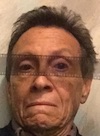
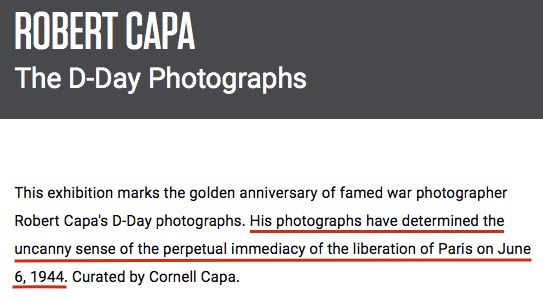
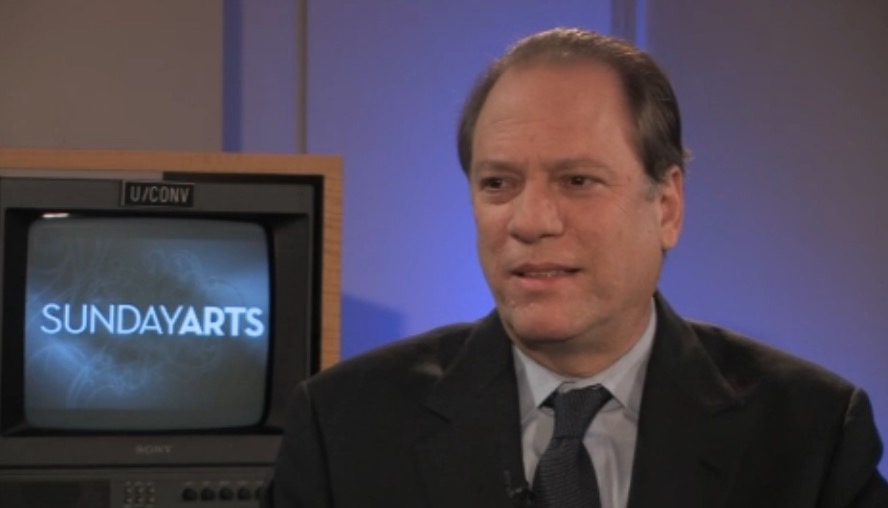
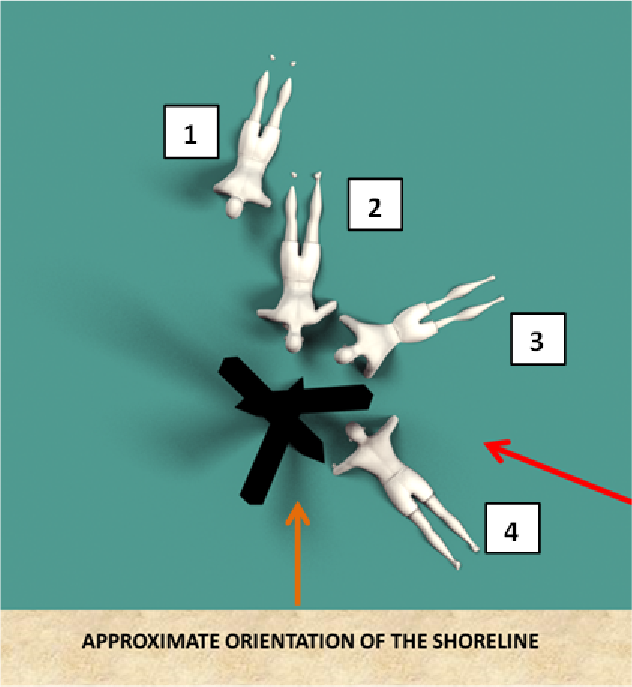
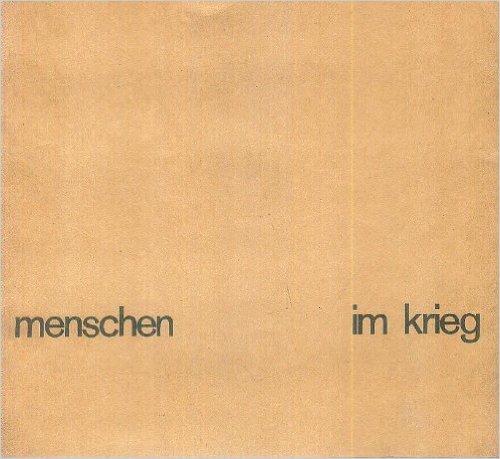
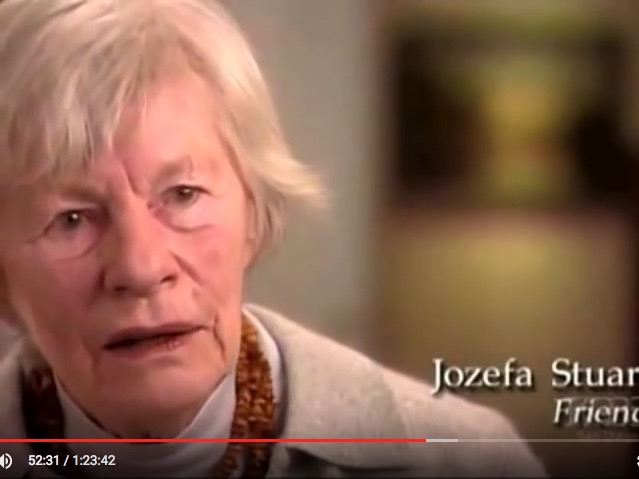
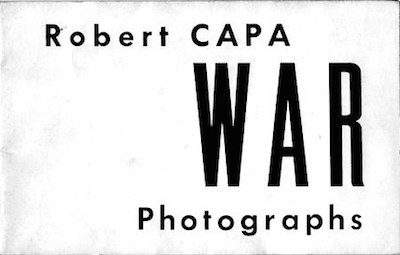




It would be nice if you posted a **short** and sweet outline of your myth claims.
I have spelled out the various “myth claims” periodically in my posts.
In my concluding posts in this series, later this summer, I’ll do my best to provide a “short and sweet” condensation of the aspects of the myth that we have debunked.
Keep in mind that what we have published at the blog really constitutes the diary or journal of our investigation — with all its twists and turns, dead ends, red herrings, sudden revelations. It’s certainly not the way I’ll tell the story in either the book or the film versions on which I’m working.
What does this mean:
“this status quo obtained.” ?
notorious “Colemanese”? ;o)
Aren’t you reaching on intellectual bullying now. It all seems to have become a dangerous obsession obscuring common sense and humanity. Just sayin’…
A second meaning of “obtain,” still in common English usage: “to continue to be accepted or in use.” So — not idiosyncratic “Colemanese.”
To wrap up this investigation, I’m in the process of summing up the roles played in the construction of the Capa D-Day myth by various institutions and individuals that I’ve dubbed, collectively, the Capa Consortium. You’ll find bits and pieces of this scattered along the way; I think it appropriate to distill and update my findings in that regard.
Having addressed Time/Life and Magnum, I’m now at work on a synopsis of ICP’s involvement in the myth-making project, after which I’ll sum up John Morris’s key role over the decades. And I’ll then consider the project completed (though new revelations, and new posts thereon, remain a possibility).
As for “intellectual bullying”: That’s a term I’d reserve for Cornell Capa, Richard Whelan, and John Morris (plus Magnum Photos) ganging up on filmmaker Patrick Jeudy in 2003-2004 in an attempt to prevent him from pursuing his independent Capa film, and the same cohort doing everything in their power to block Alex Kershaw’s research on his unauthorized bio of Capa in the early oughts. (See my next post, on that very subject.)
By my lights (and I speak here for our all-volunteer team), we have simply followed all leads, done our best to account logically for all the available evidence, provided links and sources so that readers can verify our findings and assess our conclusions, and generally adhered to standard scholarly practices. That it has gone on much longer than I anticipated, thereby straining the patience of some of the blog’s subscribers (but not all of them), doesn’t make it an “obsession” — at least no more so than any subject that a historian sinks his or her teeth into. When you open a can of worms like this, you have no idea what will slither out.
As for “dangerous” … to whom? And “obscuring common sense and humanity” … not sure how anything we’ve done “obscures” either.
Very interesting reading. Especially in light of this summers information regarding Steve McCurry. Not to be flippant, but who needs photo shop! On a more serious note. I have heard the claim several times that the falling soldier was staged. It could be. I do not know. But after watching the “Mexican Suitcase”. Some of the images that were shown did look very staged to my eye.
Extremely clean vivid photographs often in combat. With the equipment that he used. It seemed a little to good to be true.
On a second note. what indeed is your question about the D Day images? Do you suspect that they are staged? I am just trying to understand the context.
John Lee
Re “Falling Soldier”: Read the most recent installment of this project for information about Spanish research proving that this image was staged and the soldier in question didn’t die.
Capa did not stage his D-Day images. But those ten frames were his only exposures on Omaha Beach that morning. The supposed loss of his other negatives in a darkroom accident turns out to be a fiction. He fabricated many other aspects of the myth surrounding his actions that day. For links to all of our research on this subject, click here.